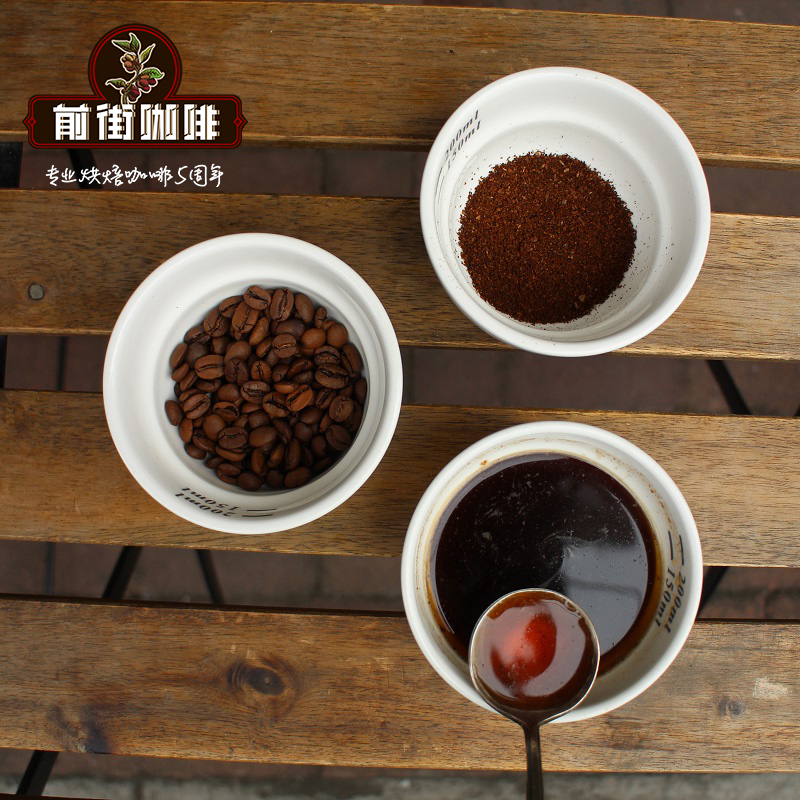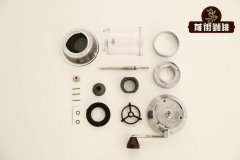A brief History of Coffee in Japan | how does Japan develop coffee from exotic to local?

When did the coffee arrive in japan? It is said that the Portuguese and Spaniards who spread Christianity in the Muromachi era introduced Christianity into a theory, but the strong theory is that Dutch merchants brought it to Nagasaki out of the island after the Edo era.
Historically, Dutch scholars are said to have been invited to Dutch mansions off the island for coffee. The first sentence of Kabuki of Nagasaki Yuyama received in the Nagasaki Dictionary of Nagasaki in 1797 (9th year of Kansai) was "a box of Kowohi beans".
In addition, as a more reliable document, in 1782, the Dutch scholar Tadao Shizuku wrote a book called the General Canal. But this is actually the fruit of a tree. " The name "Xiaosheng prescription" in the third grade of Tianming also points out that coffee is an effective drug for all kinds of diseases, which is well known. In addition, Siebold, a German who worked as a doctor at a Dutch trading company in Tokushima at the end of the Edo period, said: "the reason the Japanese don't drink too much coffee is that it is not recommended. You'll drink. " This is a very interesting word, from a very keen observation.
After the Meiji Restoration, Japan was in line with modern western civilization. Japan's first western restaurant was born in Tokyo, where coffee was gradually added to the menu. On April 13, 1888, the first official coffee shop in Japan, called "can you Cha Cha", was opened by a man named Zheng Yongqing in the town of Heimen, Tokyo. Yongqing, whose parents are diplomats, converted his house into a Western-style house, selling only 1.5 yuan of black coffee and 2 yuan of milk coffee. Unfortunately, whether tea can be closed in less than three years, but Zheng opened a coffee shop for the public in the days of Luming Restaurant, which is particularly famous in the history of Japanese coffee.
Since the mid-Meiji era, the number of shops in which you can drink coffee has gradually increased. At the end of the Meiji era, Cafe Plantin and Cafe Lion opened in Ginza, Tokyo. Among them, the one that has made the greatest contribution to the popularity of coffee is Cafe Paulista, which opened to promote the sale and promotion of Brazilian coffee. Most immigrants from Japan to Brazil (which began in 1891) worked on coffee farms, and in return the Brazilian government provided coffee beans free of charge. Paurista, which sells coffee using beans at a low price, has more than 20 stores and more than 1000 employees at its peak.
One of the people who works at Paurista is Kenji Shibata, founder of Key Coffee. Wenji found that the coffee business played an important role in the prosperity of Paulista, so in 1918 he opened a kimura bookstore in Naka Ward, Yokohama. Since then, in order to popularize coffee in Japan, in addition to making and selling coffee, we have also introduced coffee and coffee equipment from all over the world, and even engaged in coffee growing business. On the other hand, we have made great contributions to the development of Japanese coffee culture by developing new products such as coffee syrup and actively promoting coffee.
Important Notice :
前街咖啡 FrontStreet Coffee has moved to new addredd:
FrontStreet Coffee Address: 315,Donghua East Road,GuangZhou
Tel:020 38364473
- Prev

Does coffee cause cancer? what are the advantages and disadvantages of drinking coffee? people are not suitable for drinking coffee.
Since it was discovered on the African continent, it has become a favorite of many people, and it has become one of the most drunken drinks in the world, and its culture is evolving with the culture of enjoying coffee around the world. Coffee has a long history of being used for medical purposes, such as narcolepsy, and it is now clear that coffee has a variety of benefits. Besides, drink in the busy whirlpool
- Next

Coffee culture Vietnamese coffee and Turkish coffee production methods Vietnamese coffee with condensed milk
Coffee is consumed all over the world, so each land is developed in a different way. As a result, in Italy, a method of enjoying coffee in the form of espresso has been established, while in Ireland, a method of drinking with alcoholic beverages is the main method. Because it is the most popular drink in the world, every region has a deep-rooted way of drinking alcohol. Out
Related
- Beginners will see the "Coffee pull flower" guide!
- What is the difference between ice blog purified milk and ordinary milk coffee?
- Why is the Philippines the largest producer of crops in Liberia?
- For coffee extraction, should the fine powder be retained?
- How does extracted espresso fill pressed powder? How much strength does it take to press the powder?
- How to make jasmine cold extract coffee? Is the jasmine + latte good?
- Will this little toy really make the coffee taste better? How does Lily Drip affect coffee extraction?
- Will the action of slapping the filter cup also affect coffee extraction?
- What's the difference between powder-to-water ratio and powder-to-liquid ratio?
- What is the Ethiopian local species? What does it have to do with Heirloom native species?

